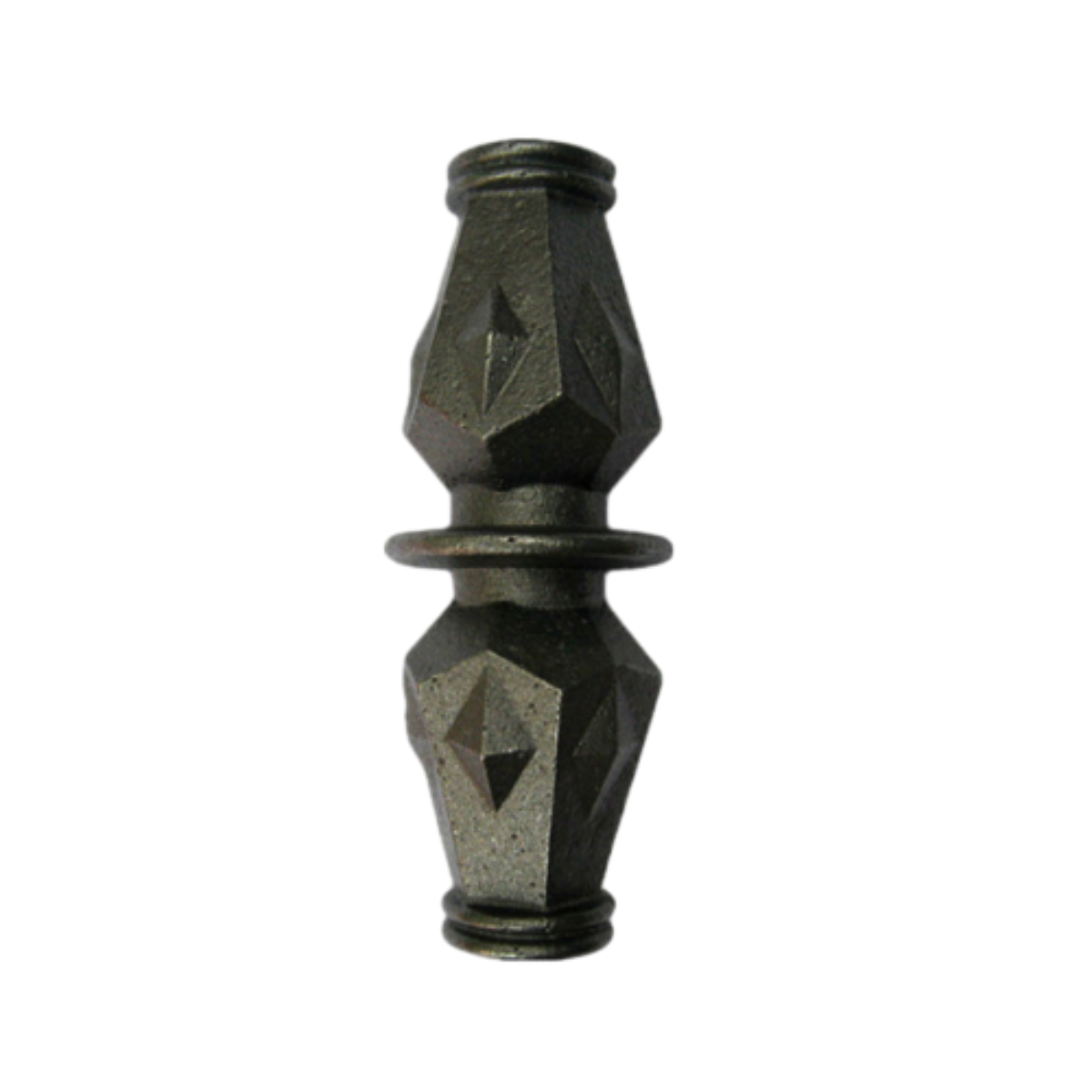Exploring the Significance of Casting Points in Performance Evaluation
Understanding Casting Point A Key Concept in Metalworking
In the world of metalworking and manufacturing, the term casting point has significant importance, particularly in the context of metal casting processes. Casting is a manufacturing technique in which molten metal is poured into a mold, where it solidifies to form the desired shape. Understanding the casting point can enhance efficiency, improve product quality, and reduce material waste. This article delves into what the casting point is, its relevance in different casting processes, and its implications for manufacturers.
What is Casting Point?
The casting point, often referred to as the melting point or liquidus temperature for specific alloys, is the temperature at which a particular metal transitions from its solid state to a liquid state. This is a critical threshold in metal casting, as it defines the conditions under which a metal can be effectively poured into a mold. Each metal and alloy has a unique casting point, influenced by its composition, which must be carefully controlled to achieve the desired results in casting operations.
Importance of Casting Point in Metalworking
1. Quality Control Understanding the casting point helps manufacturers maintain the quality of the cast products. If the metal is not heated to the appropriate temperature, it can lead to incomplete filling of the mold, creating defects like cold shuts, misruns, and porosity. Conversely, overheating the metal can cause excessive oxidation and compromise the overall integrity of the final product.
2. Material Selection Different alloys possess different casting points, making it crucial for engineers and designers to choose appropriate materials for their specific applications. For instance, aluminum alloys have relatively low casting points, making them suitable for complex and intricate molds, while superalloys may require higher temperatures and more advanced casting techniques.
3. Process Optimization Knowledge of casting points allows manufacturers to optimize various aspects of the casting process. From determining the ideal heating methods to setting the right cooling rates, understanding the nuances of the casting point can lead to enhanced productivity, reduced cycle times, and improved overall efficiency.
casting point

4. Cost Efficiency By maintaining strict control over the casting processes relative to the casting point, manufacturers can also achieve cost savings. Efficient heating and cooling can minimize energy consumption, reduce material waste, and ultimately lead to a more sustainable production process.
Different Casting Processes and Their Relationship with Casting Point
The casting point is vital in various casting methods such as sand casting, investment casting, and die casting. For instance
- Sand Casting In this traditional method, the casting point determines how the sand mold interacts with the molten metal. Just enough heat is needed to prevent the mold from breaking down while ensuring a good fill.
- Investment Casting This method requires precise temperature control as it often involves complex shapes. The casting point must be carefully monitored to achieve high-dimensional accuracy, especially critical in industries like aerospace and automotive.
- Die Casting Here, more often than not, a faster cooling rate is required, which needs careful consideration of the casting point to prevent premature solidification before the mold is entirely filled.
Conclusion
In summary, the casting point is a fundamental concept in the field of metal casting, impacting everything from material selection to process efficiency. By understanding and controlling the casting point, manufacturers can not only enhance the quality of their products but also optimize their production processes and reduce costs. As technology advances and new materials are developed, the emphasis on precise temperature control related to the casting point will only grow, further underscoring its importance in modern manufacturing practices. For engineers and manufacturers alike, a thorough understanding of the casting point is essential for success in the competitive landscape of metalworking.
-
Wrought Iron Components: Timeless Elegance and Structural StrengthNewsJul.28,2025
-
Window Hardware Essentials: Rollers, Handles, and Locking SolutionsNewsJul.28,2025
-
Small Agricultural Processing Machines: Corn Threshers, Cassava Chippers, Grain Peelers & Chaff CuttersNewsJul.28,2025
-
Sliding Rollers: Smooth, Silent, and Built to LastNewsJul.28,2025
-
Cast Iron Stoves: Timeless Heating with Modern EfficiencyNewsJul.28,2025
-
Cast Iron Pipe and Fitting: Durable, Fire-Resistant Solutions for Plumbing and DrainageNewsJul.28,2025
-
 Wrought Iron Components: Timeless Elegance and Structural StrengthJul-28-2025Wrought Iron Components: Timeless Elegance and Structural Strength
Wrought Iron Components: Timeless Elegance and Structural StrengthJul-28-2025Wrought Iron Components: Timeless Elegance and Structural Strength -
 Window Hardware Essentials: Rollers, Handles, and Locking SolutionsJul-28-2025Window Hardware Essentials: Rollers, Handles, and Locking Solutions
Window Hardware Essentials: Rollers, Handles, and Locking SolutionsJul-28-2025Window Hardware Essentials: Rollers, Handles, and Locking Solutions -
 Small Agricultural Processing Machines: Corn Threshers, Cassava Chippers, Grain Peelers & Chaff CuttersJul-28-2025Small Agricultural Processing Machines: Corn Threshers, Cassava Chippers, Grain Peelers & Chaff Cutters
Small Agricultural Processing Machines: Corn Threshers, Cassava Chippers, Grain Peelers & Chaff CuttersJul-28-2025Small Agricultural Processing Machines: Corn Threshers, Cassava Chippers, Grain Peelers & Chaff Cutters












